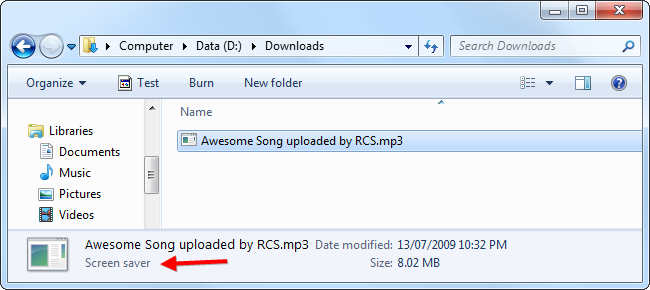

Instant automatic removal of Mac EXE malware: Manual threat removal might be a lengthy and complicated process that requires advanced computer skills.

Use it to recover space on your mac, remove supporting files along with system junk, residual files, cache and much more. How to uninstall apps on Mac?Īpp Cleaner and Uninstaller Another incredible uninstaller for mac that effortlessly deletes apps from your Mac is “App Cleaner and Uninstaller”. Starting with macOS Catalina, 32-bit apps are no longer compatible with macOS. Click on Spring tool suite under installed software.Īpple has been working with developers to transition their apps, and in 2018 Apple informed them that macOS Mojave would be the last version of macOS to run 32-bit apps.How do I remove Spring Tool Suite from my Mac? To uninstall a program, use the “apt-get” command, which is the general command for installing programs and manipulating installed programs. Scroll through the list of installed packages in the Terminal window to find the one you want to uninstall. Force Delete the File in Use via the Command Prompt.Disable the File Explorer Preview Pane.End the Application via the Task Manager.How do you delete EXE file that Cannot be deleted? You can delete an application on your Mac by right-clicking it in the Applications folder and selecting Move to Trash, or by dragging the application’s icon to the trash can. Drag Eclipse Towards The Trash – The next step would be to drag the Eclipse icon from the Applications Folder in Finder towards the Trash.Quit The Eclipse Software – Make sure you quit Eclipse or any of the associated software.Here’s how to uninstall Eclipse on Mac manually: Then go to the Applications folder in Finder and drag the icon of the app that you wish to uninstall into the Terminal window - it will automatically paste itself. Type sudo uninstall file:// into the command line. How do I uninstall a program on Mac terminal?ĭelete apps using Terminal To open Terminal, go to Applications → Utilities → Terminal.


 0 kommentar(er)
0 kommentar(er)
